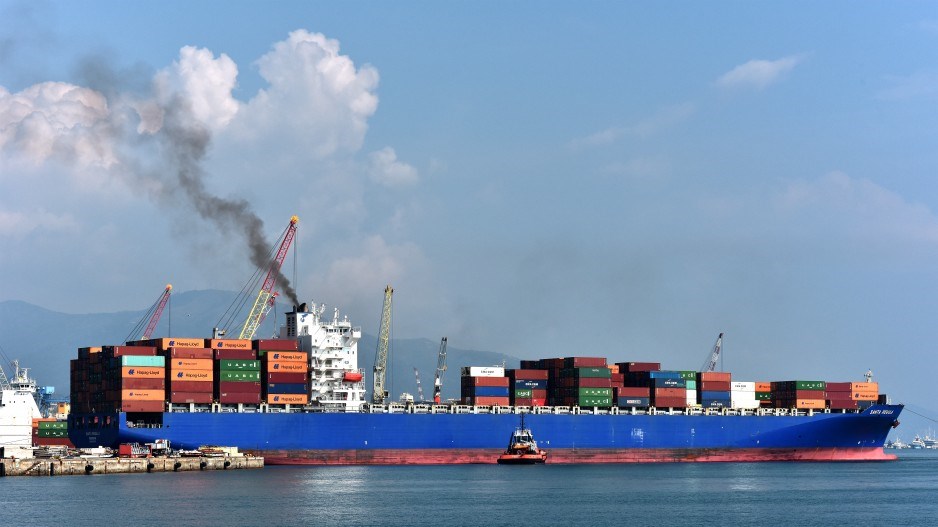Analysts are warning Canadian ports - especially Metro Vancouver and Prince Rupert, with their exposure to the Asian market - that global container traffic may take a precipitous dip this year due to disruptions caused by the ongoing COVID-19 outbreak in China.
According to container analytics firm Alphaliner, on that route in the eight-week period following Chinese New Year this year, there has already been 40 blanked (cancelled) sailings of container ships - amounting to a staggering 700,000 teu (standard shipping container unit) of capacity wiped off the board.
The same period last year saw only 15 blanked sailings on the same route, usually to accommodate Chinese manufacturers taking a two-week New Year’s break in producing goods for export. This year, with the COVID-19 outbreak already killing more than 2,000 people in China, the extended shutdown of the central province of Hubei and many factories around the country has meant a dramatic fallout in demand for freight ships travelling from China to other markets - including Canada.
The figure from the Europe-Asia shipping lane is important because of its role in global shipping, said Henry Byers, market expert for international freight forwarding & maritime at consultancy FreightWaves Inc.
“China to Europe is actually the largest trade lane in the world,” he said. “… I think right now, the container lines have a hard time figuring out, ‘What can I expect?’ If you are so exposed or heavily dependent on the trans-Pacific eastbound, and something like this happens, you could potentially be left with no freight.”
The same Alphaliner report shows the transpacific shipping lane (Asia-North America included) has lost just about the same freight capacity - about 680,000 teu - as the Asia/Europe lane in the same period. In total, the global carrier sector lost more than 1.67 million teu of capacity due to cancellations, amounting to revenue losses exceeding US$1.5 billion for shipping companies.
A similar report from American Global Logistics put the cost of the COVID-19 outbreak on the shipping sector at US$350 million a week in terms of lost revenue, with its estimates putting capacity reduction on the Asia-Europe and Asia-North America routes at 151,000 teu and 199,000 teu, respectively. The reported added carriers predicting the situation lasting “at least of couple of months.”
In a blog post, Sri Laxmana, vice president of global ocean product at global logistics platform C.H. Robinson, said it is now imperative for companies in North America to assess inventory levels and look at backup sourcing options (as container traffic out of China drops precipitously with the lack of production there).
“With any kind of widespread health outbreak, global importers and exporters are dealing with unpredictable logistics concerns that require a proactive approach to keep business running as usual,” Laxmana said in his post. “… Look ahead to determine if the demand for your product may change in the next few weeks and if you have a need for expedited shipping. Starting those conversations now and establishing a plan are important as air capacity falls due to canceled passenger flights and higher demand.”
Beyers agreed, adding that the outbreak - when combined with the ongoing protest blockades that have shut down Canadian rail service - could be a deadly one-two punch for Canada’s ports and entire logistics sector.
“The best case scenario for Canada is for things to get back to normal in terms of the protesters in the next week, and China also gets the coronavirus under control during that time,” he said. “That would give your rail networks enough time to recover for the returning freight traffic, because those container vessels - from China to Canada - usually have a 14-15 day transit across the Pacific… But the west coast is probably going to be the most heavily impacted regardless.”
As of Wednesday, the global death toll from the COVID-19 virus has surpassed 2,700, but with only 55 outside China. Canada currently has 11 confirmed cases, compared to 78,064 in China, 1,261 in South Korea, 844 in Japan, 401 in Italy and 139 in Iran.




